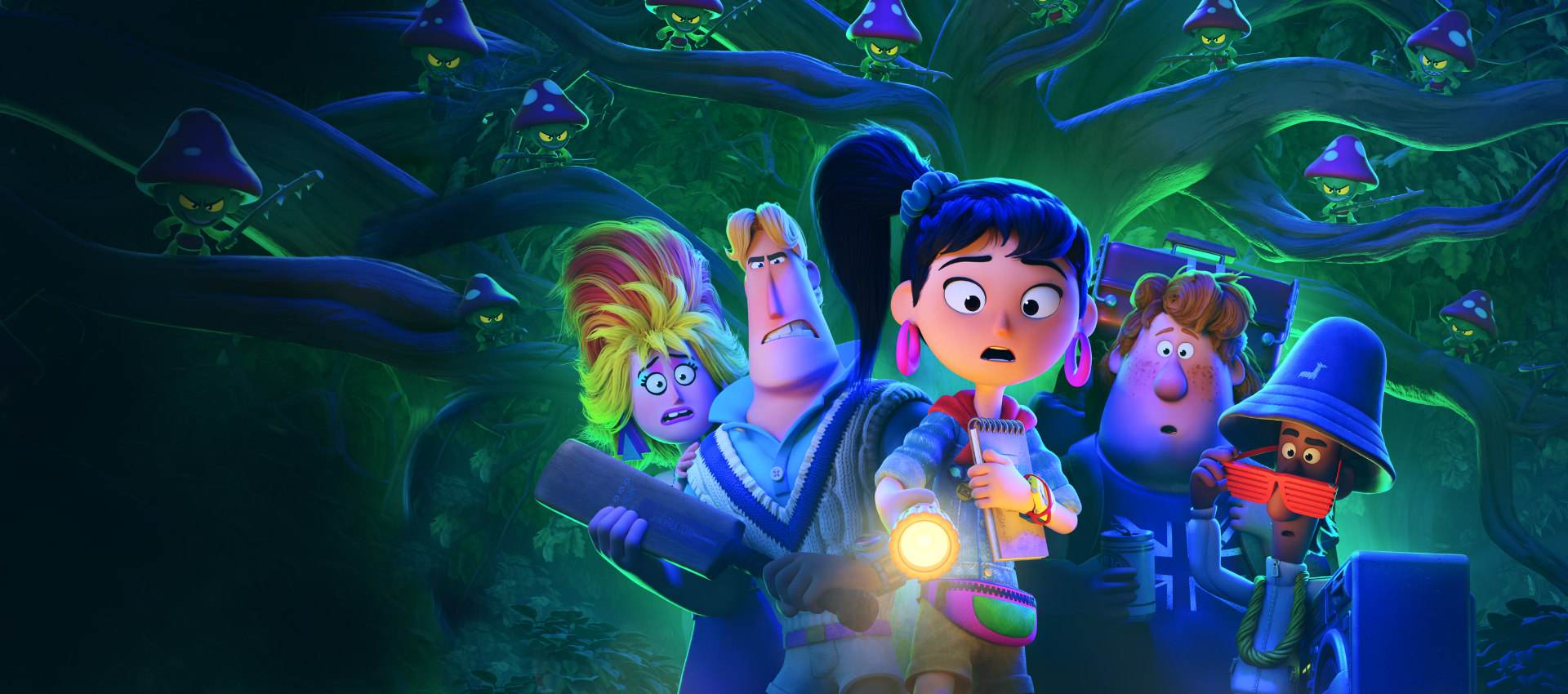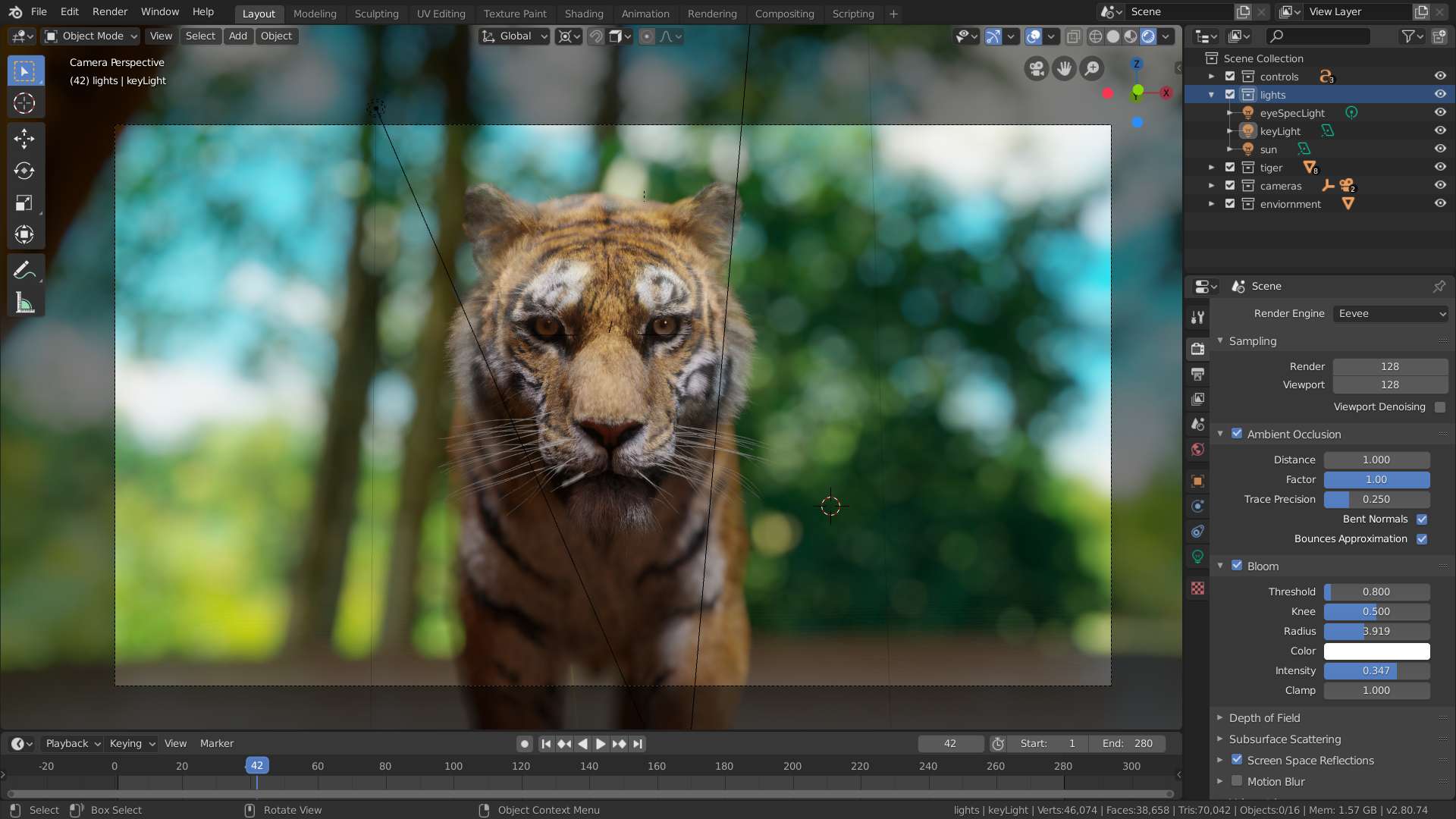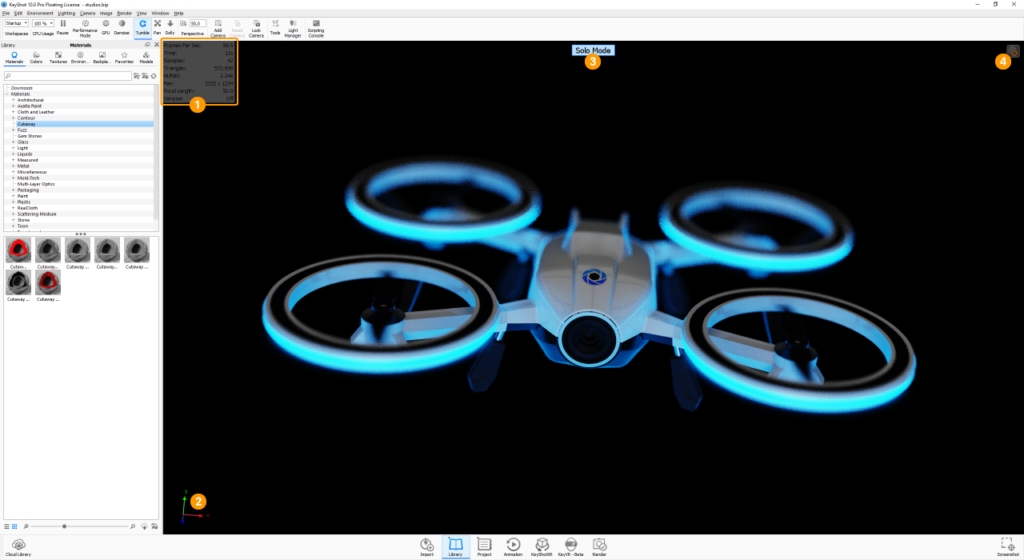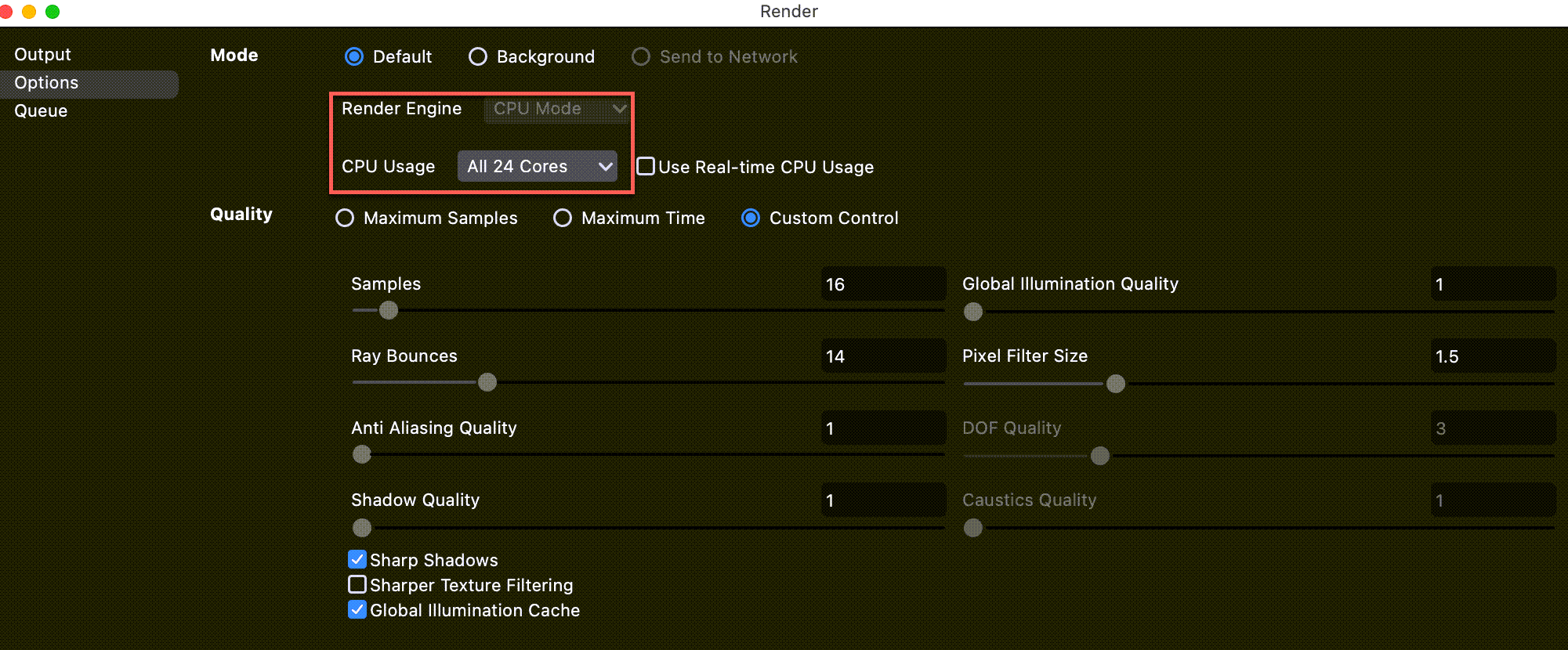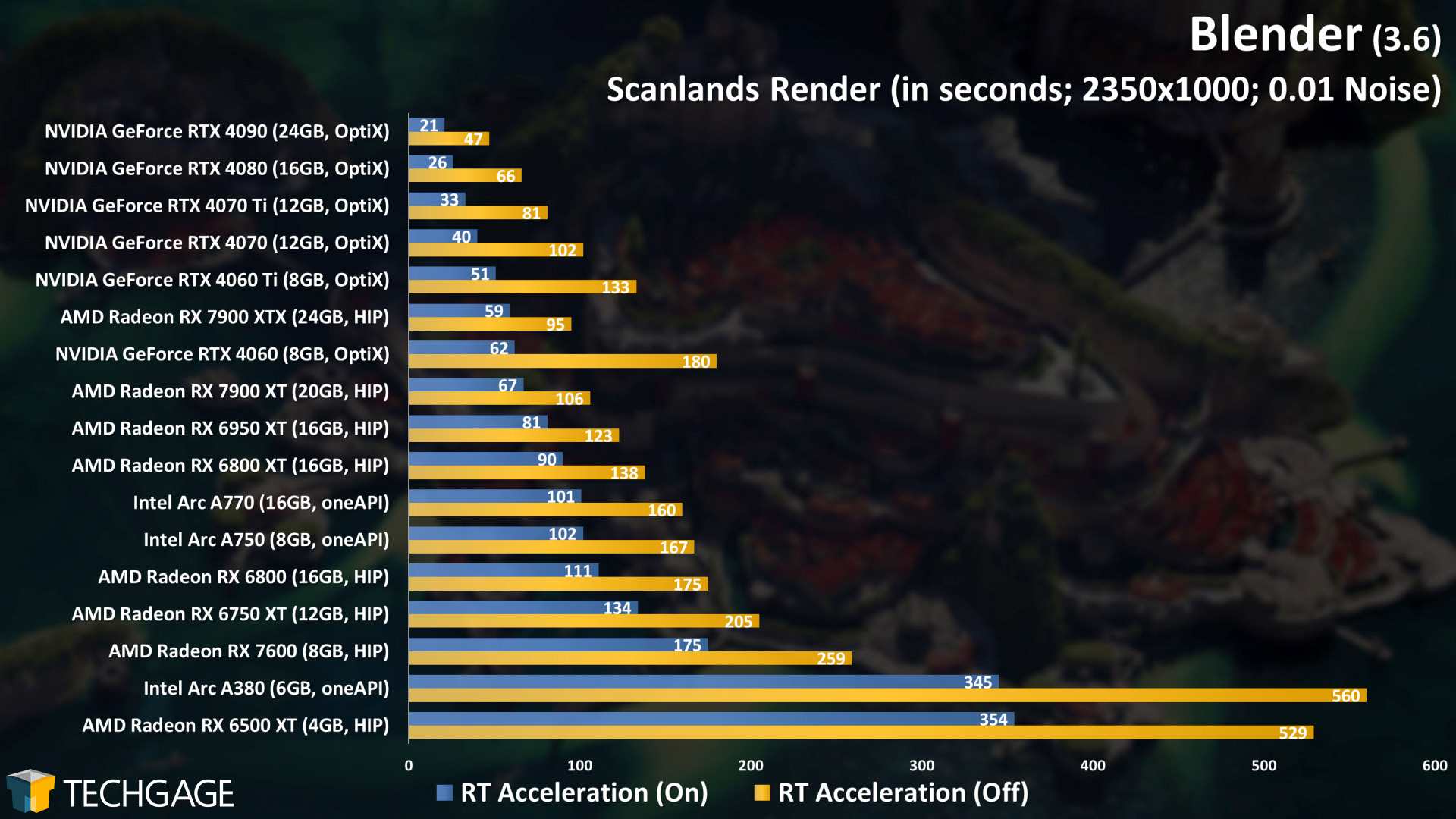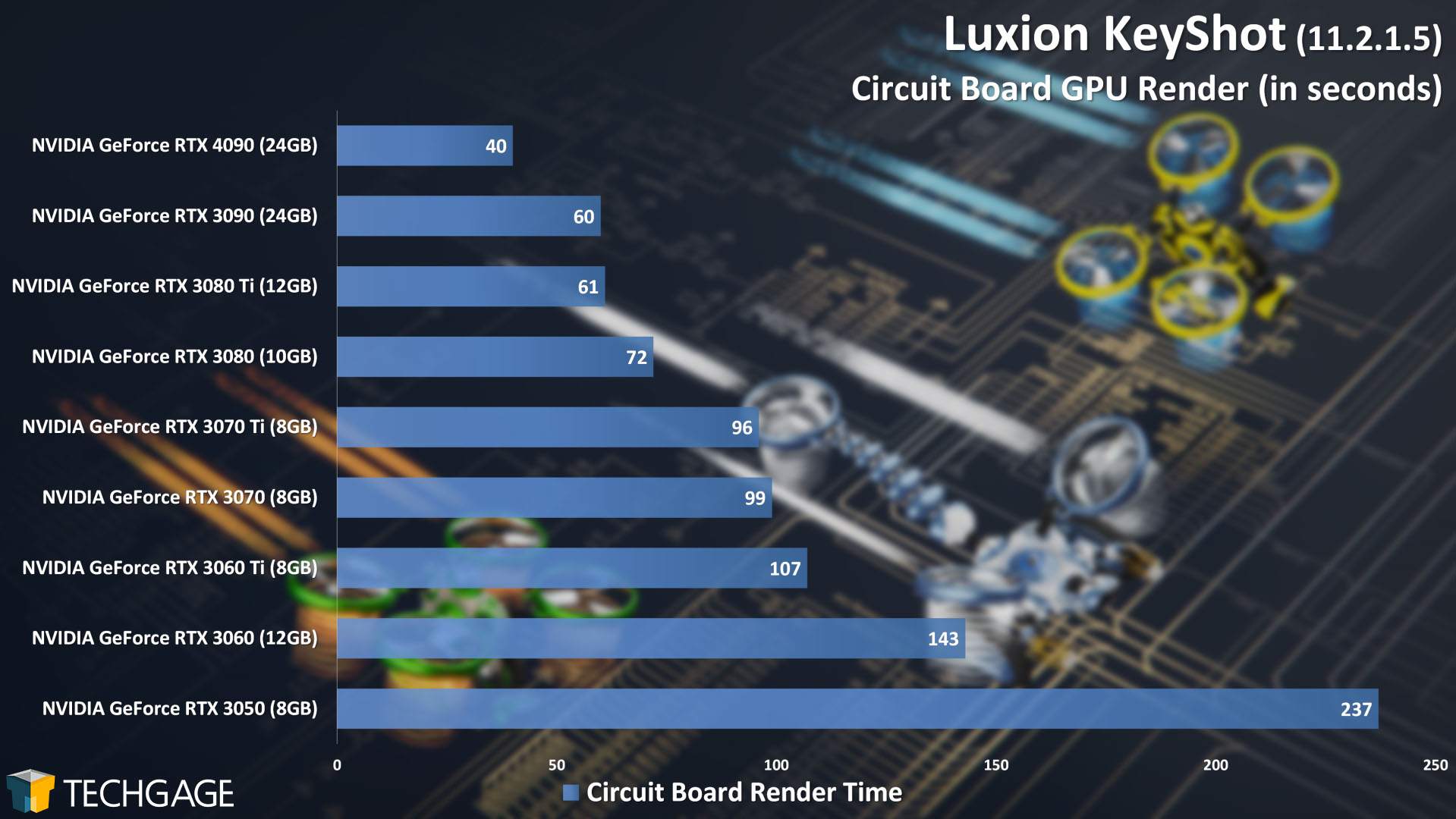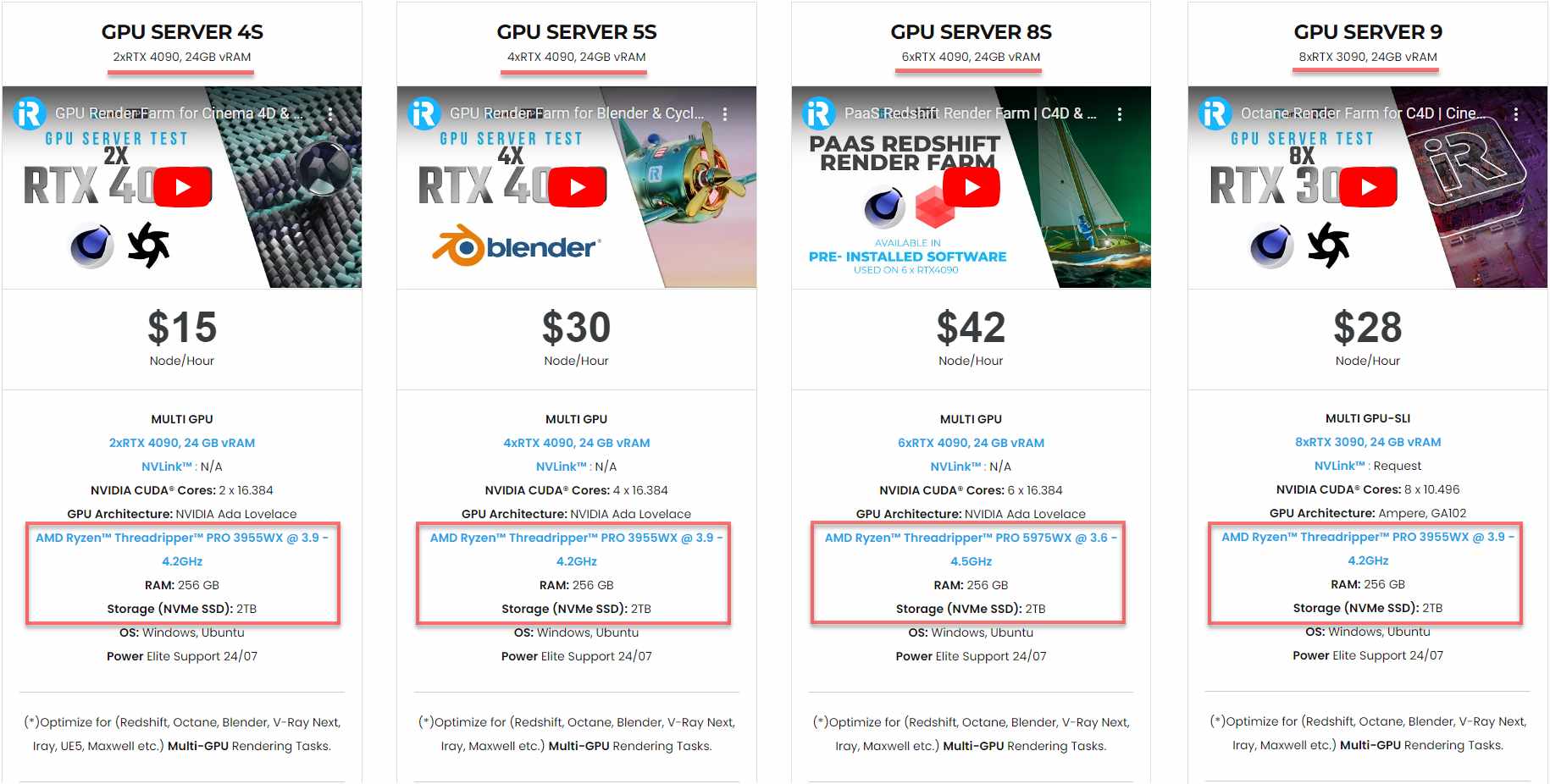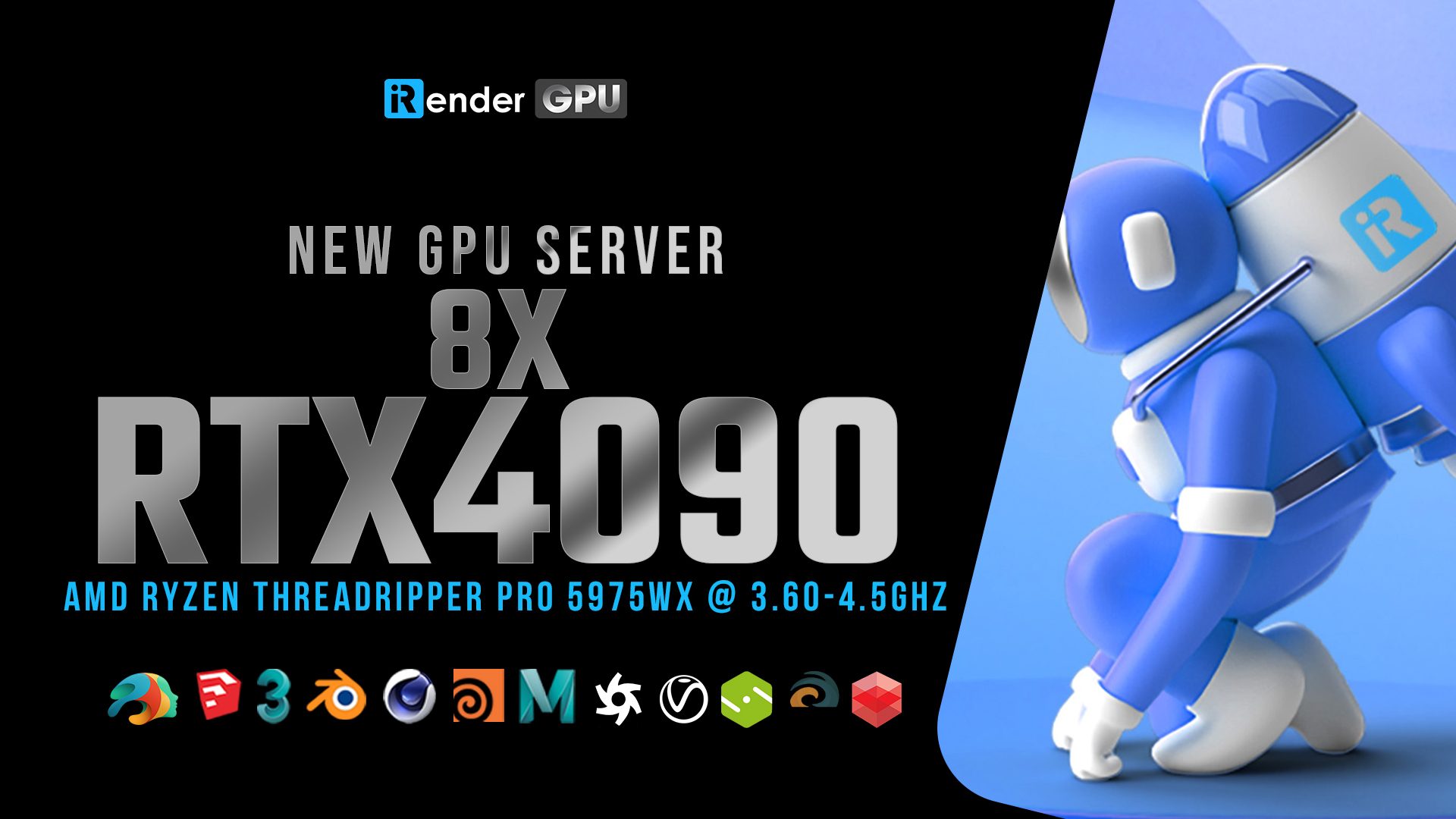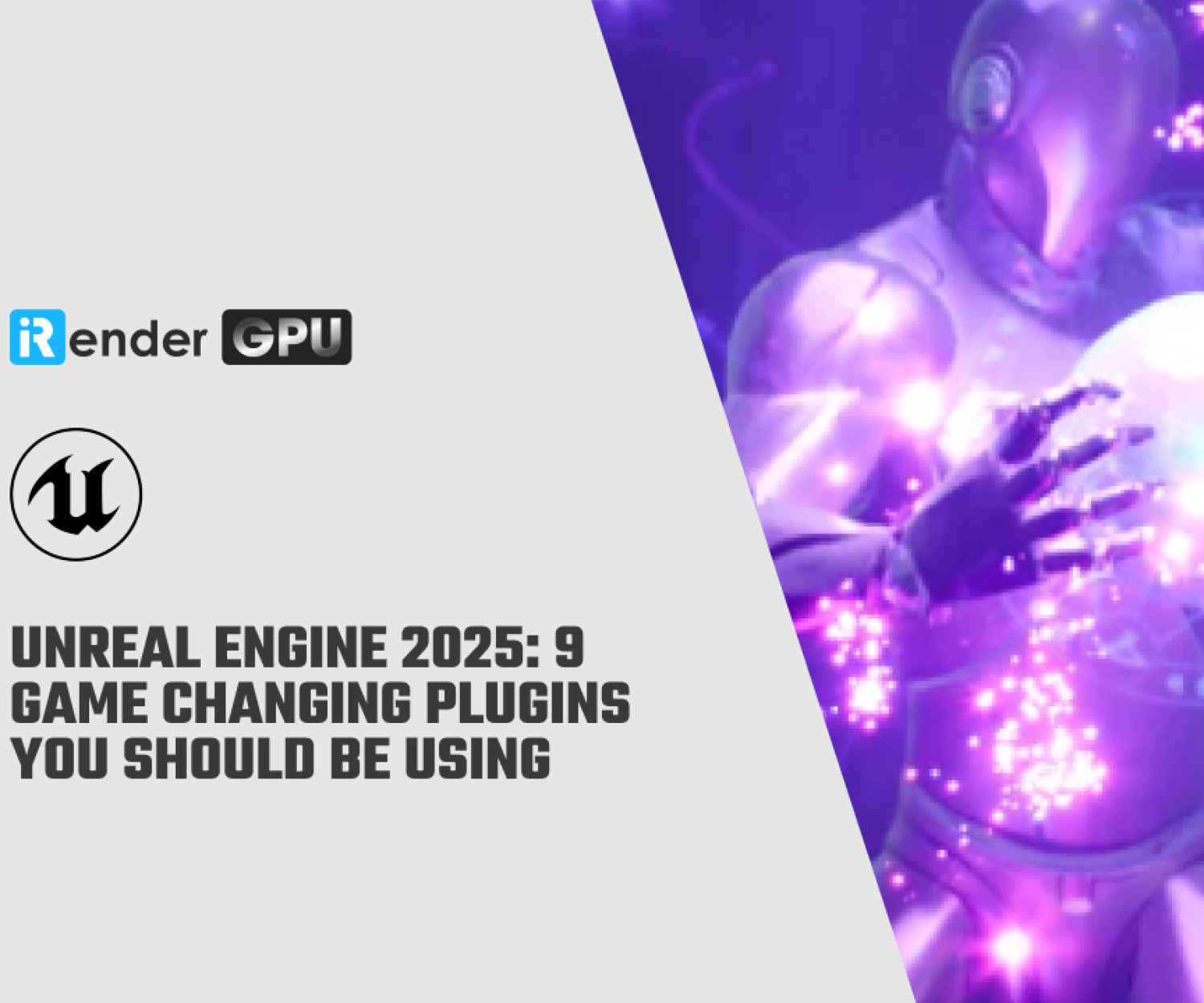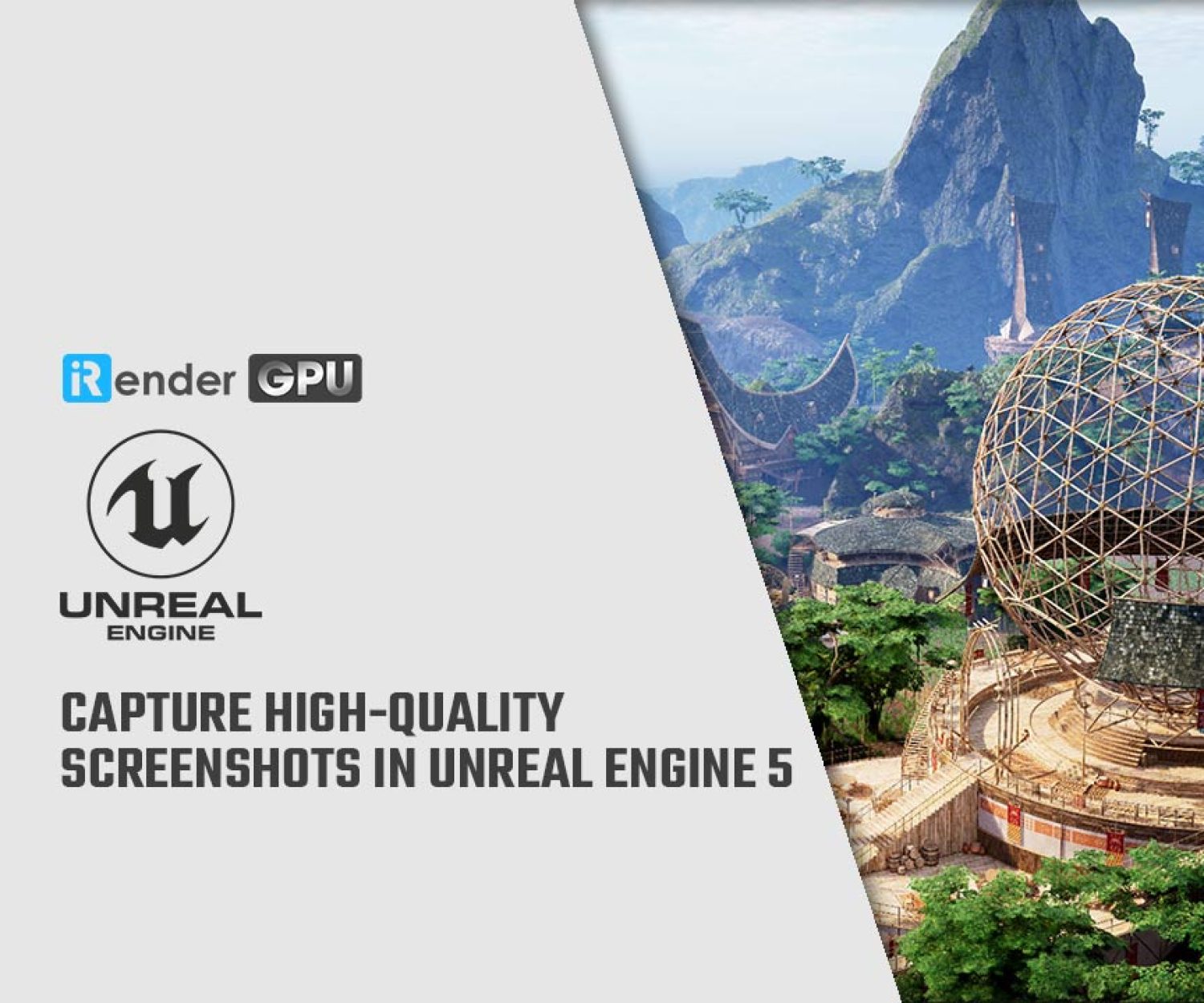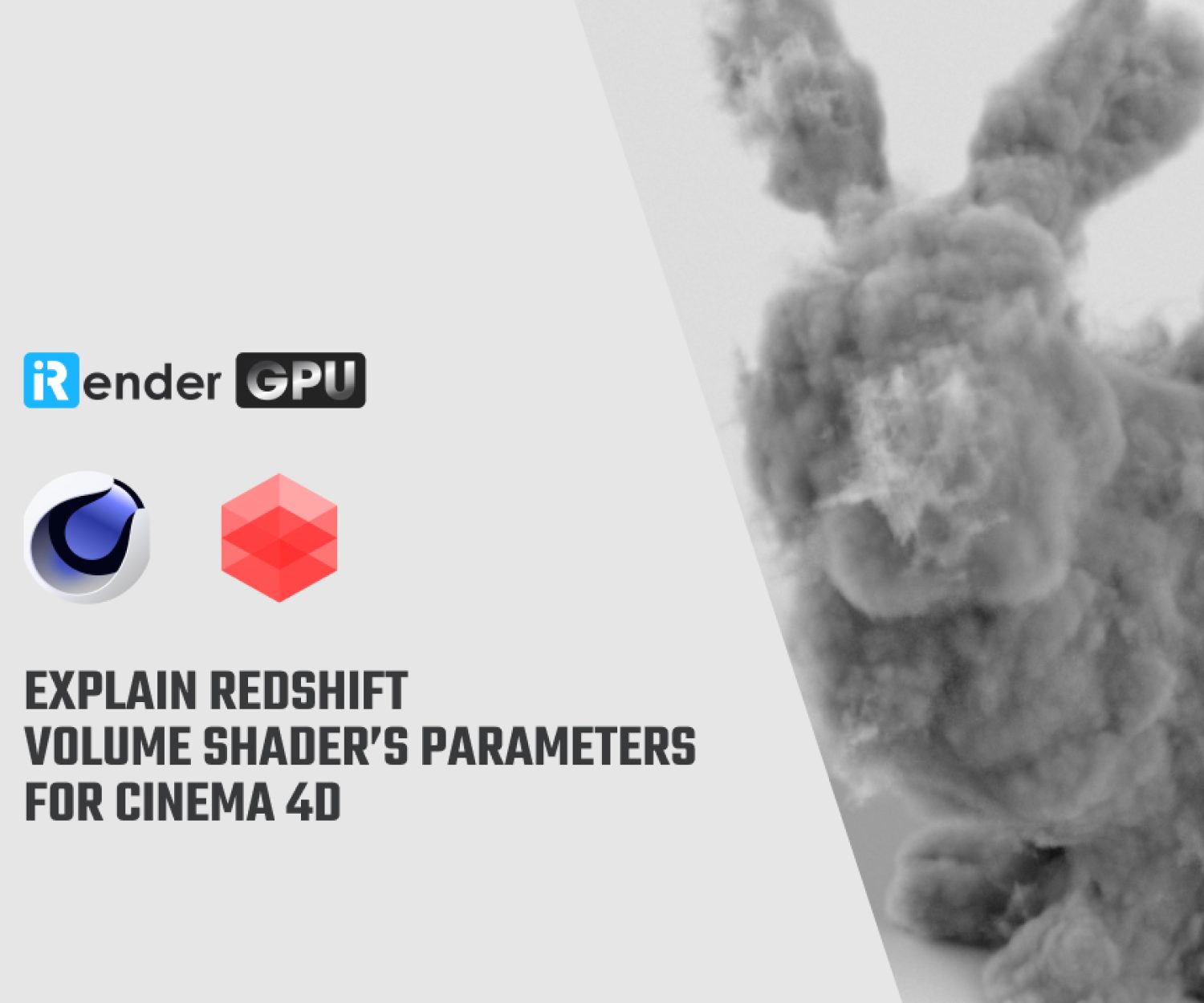Choose Blender or KeyShot for Rendering?
With the powerful rendering engines available today, choosing the right 3D rendering software is an important decision that depends on the specifics of each project. Two of the most widely used and full-featured rendering applications are Blender and KeyShot. While both can produce realistic renders, they each have different strengths that make one potentially better suited than the other for certain tasks. In this article, we will provide an overview and comparison of the key rendering capabilities of Blender and KeyShot to help you determine the better option for your needs.
Blender and KeyShot Overview
Blender
Blender is an open-source 3D creation suite that supports the entirety of the 3D pipeline from modeling, rigging, animation, simulation, rendering, compositing, motion tracking, video editing to game creation. Blender is and will always be free.
Sprite Fright - Blender Open Movie (Image Credit: Blender Studio)
Blender is cross-platform, running on every major operating system including Windows, Linux, and macOS. Its interface utilizes OpenGL to provide a consistent experience. In addition, advanced users can employ Blender’s API for Python scripting to customize the app or write specialized tools.
KeyShot
KeyShot is a standalone, real-time ray tracing and global illumination program to create 3D rendering, animations, and interactive visuals.
Source: keyshot.com
KeyShot is famous as an accurate rendering solution for your 3D data. It is built on Luxion’s internally developed, physically correct render engine, which is based on research in scientifically accurate material representation and global illumination.
Should we choose Blender or KeyShot for rendering?
Blender vs KeyShot: Rendering capabilities
Blender and Keyshot have powerful rendering engines designed to harness the power of both CPU and GPU. They also have real-time rendering capabilities, allowing users to identify issues early on before wasting time on a full render.
Blender rendering capabilities
Blender (from version 2.8) includes three render engines – Cycles (physically based path tracer), EEVEE (physically based real-time renderer), and Workbench (for layout, modeling, and previews).
Cycles is Blender’s ray-trace based production render engine. It’s designed to provide physically based results with artistic control and flexible shading nodes for production needs.
Source: blender.org
Cycles is featured with:
-
- Unidirectional path tracing with multiple importance sampling
- Multi-core CPU rendering with SIMD acceleration
- Hybrid rendering (CPU + GPU)
- GPU rendering with:
- NVIDIA: CUDA, OptiX
- AMD: HIP
- Intel: OneAPI
- Apple: Metal
- Multi-GPU support
- Unified rendering kernel for CPU and GPU
EEVEE (Extra Easy Virtual Environment Engine) is Blender’s real-time render engine built using OpenGL. It is focused on speed and interactivity while also achieving the goal of rendering PBR (Physically Based Rendering) materials.
Source: blender.org
EEVEE can be used interactively in the 3D Viewport and also produce high-quality final renders. It is not a ray trace render engine, it uses rasterization to estimate the way light interacts with objects and materials using numerous algorithms. As a result, it is not perfect for physically accurate renders like Cycles.
Workbench render engine is optimized for fast rendering during modeling and animation preview. It is not intended to be used for final rendering. Its main task is to display a scene in the 3D Viewport during the work process.
Source: blender.org
KeyShot rendering capabilities
Keyshot has an advantage in real-time rendering compared to Blender. Real-time rendering in KeyShot is faster and more versatile. Everything inside KeyShot happens in real-time. It uses unique rendering technology that allows users to see all changes to materials, lighting, and cameras instantly. The KeyShot Real-time View is the main viewport in the KeyShot user interface where all real-time rendering of 3D models occurs. Users can navigate the scene using the camera controls, multi-select objects, and right-click directly on the model or in the area around it to view more options.
Source: keyshot.com
In Keyshot (from version 9), there is an option to select the Render Engine as either CPU Mode or GPU Mode. This allows users to use either the CPU or GPU to render. Depending on the selected Render Engine, users can control CPU or GPU usage, to limit the number of CPU cores used or specify which GPUs are assigned for the render job.
Blender vs KeyShot: GPU rendering performance
Blender’s GPU rendering performance
Both Cycles and EEVEE support GPU rendering to speed up renders.
Cycles supports 5 different technologies depending on the particular GPU manufacturer and operating system.
-
- CUDA – NVIDIA: Supports NVIDIA GPUs with compute capability 3.0 and higher.
- OptiX – NVIDIA: OptiX takes advantage of hardware ray-tracing acceleration in RTX GPUs for improved performance. It requires NVIDIA GPUs with compute capability 5.0 and higher.
- HIP – AMD: Requires AMD GPUs with the Vega architecture or newer.
- oneAPI – Intel: Requires an Intel Arc GPU with the Xe HPG architecture.
- Metal – Apple (macOS): Supported on Apple computers with Apple Silicon, AMD, and Intel GPUs.
One of the most important features in Cycles is the ray tracing acceleration. This refers to improvements made to Blender’s general rendering pipeline to help a specific GPU architecture render samples faster. About five years ago, NVIDIA OptiX was added to Blender, and it immediately demonstrated the immense benefits that dedicated RT cores could bring. More recently, in Blender 3.6, this same ray tracing acceleration was extended to AMD Radeon (through HIP-RT) and Intel Arc (through Embree) GPUs as well.
Source: techgage.com
AMD Radeon and Intel Arc are making progress, we can see that the improvements are incredible. Even the lower-end AMD Radeon RX 6500 XT and Intel Arc A380 have shown dramatic performance gains in the Scanlands projects. However, NVIDIA OptiX remains the best technology for Cycles rendering. While AMD Radeon and Intel Arc are catching up, they are still significantly slower than NVIDIA OptiX.
The NVIDIA GeForce RTX 4090 with OptiX is currently the fastest GPU, followed by the NVIDIA GeForce RTX 4080 with OptiX. The AMD Radeon RX 7900 XTX with HIP-RT is the fastest AMD GPU, but it still lags far behind the NVIDIA GeForce RTX 4060Ti with OptiX.
If you aim for the fastest rendering speeds, NVIDIA OptiX with the RTX 4090 is the way to go. However, if you are on a budget, AMD Radeon and Intel Arc are increasingly becoming competitive options.
Blender also supports multiple GPUs in its Cycles render engine, allowing for parallel processing of frames or tiles and thus speeding up rendering. However, it’s important to note that running multiple GPUs does not increase the available VRAM since each GPU can only access its own memory.
KeyShot’s GPU rendering performance
KeyShot can utilize the full GPU-accelerated ray tracing power of NVIDIA RTX with OptiX. Available for real-time rendering and local render output, KeyShot’s GPU Mode allows GPUs to be accessed with one click to take advantage of multi-GPU performance scaling and the dedicated ray tracing acceleration hardware in NVIDIA RTX-capable GPUs.
KeyShot’s GPU ray tracing supports NVIDIA GPUs built on the Maxwell microarchitecture and CUDA Compute Capability 5.2 or later found in the Quadro M6000 or GTX 980 and above.
Source: techgage.com
Currently, the fastest GPU for rendering in KeyShot is the NVIDIA GeForce RTX 4090 (24GB). It outperformed all other GPUs by a significant margin. However, the degree to which it outpaces competition depends on the specific scene complexity. For a Character render, the 4090 delivered literal 2x faster speeds compared to its predecessor – RTX 3090. With a more modest Circuit Board scene, it reduced total render times by approximately one-third compared to the RTX 3090.
Final Thought
Both Blender and KeyShot are powerful 3D rendering applications, each with its own strengths and intended uses. The choice between Blender and KeyShot depends on the specific needs and goals of the project. When it comes to achieving photorealistic quality, particularly for film, television, or game assets, Blender’s Cycles renderer is superior. It can efficiently harness the power of robust GPU and multi-GPU systems for optimal performance. On the other hand, KeyShot offers a more straightforward and streamlined workflow, making it ideal for product visualization, design iteration, and prototyping. Its real-time materials and feedback enable faster preview and iteration of changes. While Blender offers greater flexibility and customization through complex node-based materials, KeyShot’s parameterized materials are easier to learn and manipulate for realistic results. Therefore, Blender is generally recommended for projects requiring production-quality renders or leveraging sophisticated render farms, whereas KeyShot excels at rapid prototyping, design refinement, and presentation of realistic products and visuals through its optimized real-time viewport and materials.
Render faster in Blender and KeyShot with iRender
iRender powers up your creativity with unlimited GPU rendering resources. Our GPU render farm houses the most powerful 3D rendering machines. Configure from 1 to 8 GPU with top-tier RTX 4090/RTX 3090, Threadripper Pro CPUs, 256GB RAM, and 2TB SSD storage – iRender’s machines can handle any 3D project demands.
Once renting our machines, you will own them as your personal workstations. Therefore, you can install and use any render engines, plugins, and/or other 3D software of all versions (even the newly released ones).
Try our new beast – GPU Server 9S, with 8x RTX 4090s, powered with AMD Ryzen™ Threadripper™ PRO 5975WX @ 3.6 – 4.5GHz and take your Blender and KeyShot rendering to the next level!
Let’s watch our tutorial video and see how the service works:
This June, we are offering an attractive 100% Bonus Program for our new users making the first deposit within 24 hours of registration.
Enjoy a FREE TRIAL to try our RTX 4090 machines and boost your multi-GPU rendering now!
For additional information, please do not hesitate to contact us at [email protected] or mobile: +84915875500.
iRender – Thank you & Happy Rendering!
Reference Source: blender.org, keyshot.com, techgage.com
Related Posts
The latest creative news from Cinema 4D Cloud Rendering , Blender Cloud Rendering, Redshift Cloud Rendering, Houdini Cloud Rendering , Octane Cloud Rendering, 3D VFX Plugins & Cloud Rendering.

